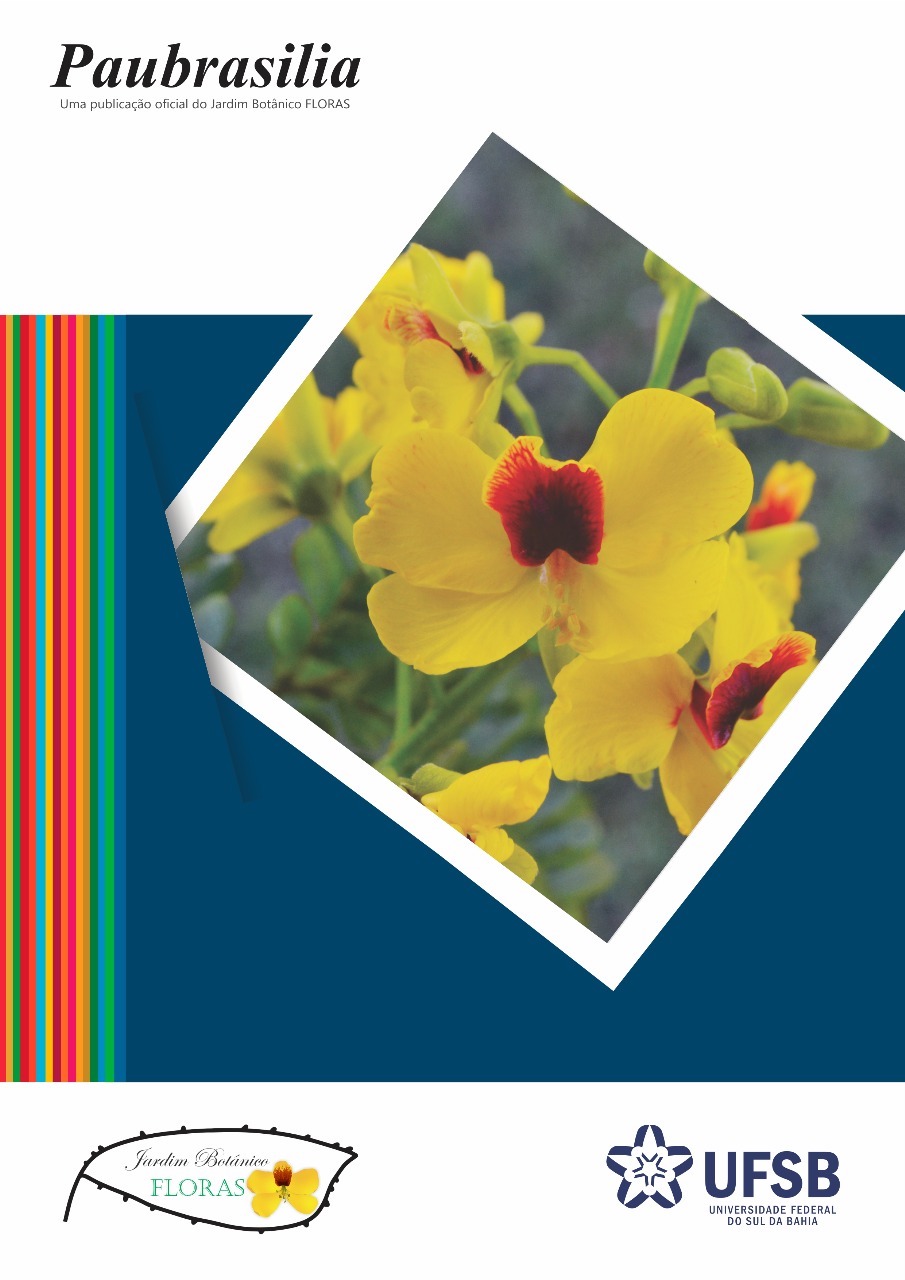Localization of bioactive compounds in Zingiber officinale: a histochemical analysis of ginger rhizome
DOI:
https://doi.org/10.33447/paubrasilia.2025.e0160Keywords:
medicinal plants, plant anatomy, secondary metabolites, ethnopharmacobotanyAbstract
Zingiber officinale Roscoe is a rhizomatous plant widely used as an ethnomedicinal agent and food. Although its pharmacological properties are well-studied, histochemical studies are scarce. This study aimed to perform a histochemical analysis of the Z. officinale rhizome to characterize the histological localization of its nutritionally and pharmacologically important metabolites. Fresh rhizome sections were prepared for light microscope analysis using histochemical methods. The results revealed anatomical features of the rhizome and identified components of its primary metabolism, such as lipids, proteins, and starch, as well as secondary metabolites like phenolic compounds, terpenoids, tannins, sesquiterpenlactones, and alkaloids. These compounds are active principles responsible for the species' pharmacological properties. The analysis defined the anatomical location and distribution of ginger's bioactive compounds, which are essential for identifying products derived from the species.
Downloads
Published
How to Cite
Conference Proceedings Volume
Section
License
Copyright (c) 2025 Luiz Henrique de Oliveira Cruz, Monique Silva Costa, Maria Inês Teixeira

This work is licensed under a Creative Commons Attribution 4.0 International License.
By submitting manuscripts for publication in the journal, authors expressly agree to the following terms:
1 - Authors retain copyright on their manuscript and grant the right of first publication to the journal, with the work simultaneously licensed under the Creative Commons Attribution 4.0 International License, allowing it to be shared, as long as authorship and initial publication in Paubrasilia are acknowledged, with proper indication of volume, number (if any), page number (or elocation-id), and year in which the paper was published;
2 - Authors are allowed to enter into additional contracts separately, for non-exclusive distribution of the version of the paper published in Paubrasilia (e.g., publishing in an institutional repository or as a book chapter), provided that authorship and initial publication in this journal are acknowledged, with proper indication of volume, number (if any), page number (or elocation-id), and year in which the paper was published.











